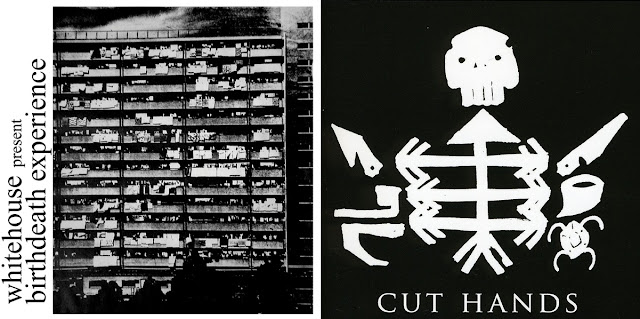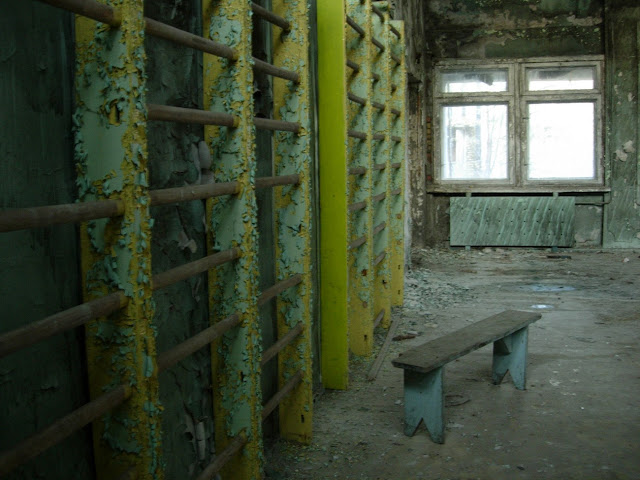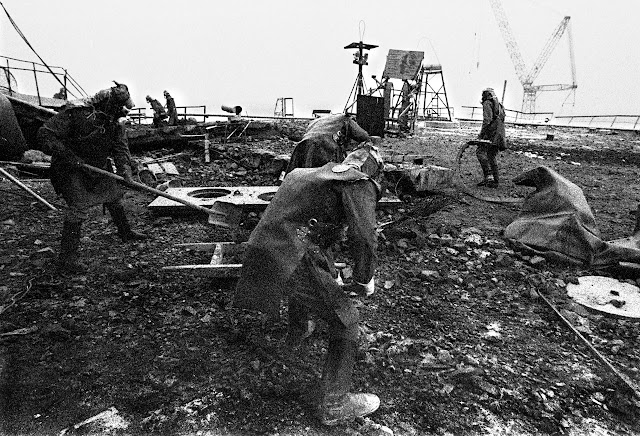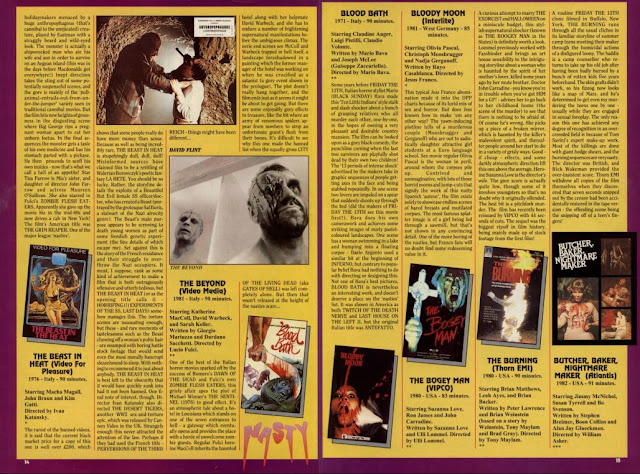Ed (Jon Voight): What we gonna do with him?
Drew (Ronny Cox): There's not but one thing to do: Take the body down to Aintry. Turn it over to the highway patrol. Tell 'em what happened.
Lewis (Burt Reynolds): Tell 'em what, exactly?
Drew: Just what happened. This is justifiable homicide if anything is. They were sexually assaulting two members of our party at gunpoint. Like you said, there was nothin' else we could do.
Ed: Is he alive?
Drew: Not now. Well, let's get our heads together. Come on, let's not do anything foolish. Anybody know anything about the law?
Ed: I was on jury duty once.
Drew: It wasn't a murder trial.
Lewis: Murder trial? I don't know the technical word for it, Drew, but I know this: You take this man and turn him over to the sheriff, there'll be a trial all right. Trial by jury.
Drew: So what?
Lewis: We killed a man, Drew. Shot him in the back. A mountain man. Cracker. Gives us somethin' to consider.
Drew: All right, consider it. We're listening.
Lewis: Shit, all these people are related. I'll be damned if I'll come back and stand trial... with this man's aunt and uncle...maybe his mama and his daddy sittin' in the jury box. What do you think, Bobby? How about you, Ed?
Ed: I don't know. I really don't know.
Drew: Now you listen, Lewis. I don't know what you got in mind...but if you conceal this body, you'll be charged with murder. That much law I do know. This ain't one of your fuckin' games! You killed somebody!
Lewis: There he is! I see him, Drew. That's right, I killed somebody. But you're wrong if you don't see this as a game. Now you listen, Ed! Damn it, we can get out of this thing! Without any questions asked! We get connected up with that body and the law...this thing's gonna be hangin' over us the rest of our lives. We gotta get rid of that guy.
Drew: Just how are you gonna do that, Lewis?
Lewis: Where? Anywhere. Everywhere. Nowhere.
Drew: How do you know that other guy hasn't already gone for the police?
Lewis: What in the hell is he gonna tell 'em, Drew? What he did to Bobby?
Drew: Why couldn't he go get some other mountain men? Now why isn't he gonna do that? You look around you, Lewis! He could be out there anywhere, watchin' us right now. We ain't gonna be so goddamned hard to follow, draggin' a corpse.
Lewis: You let me worry about that, Drew. You let me take care of that. You know what's gonna be here? Right here. A lake. As far as you can see. Hundreds of feet deep. Hundreds of feet deep. Did you ever look over a lake and think about somethin' buried underneath it? Buried underneath it! Man, that's about as buried as you can get!
Drew: Well, I am telling you, Lewis, I don't want any part of it.
Lewis: Well, you are part of it!
Drew: It is a matter of the Iaw!
Lewis: The law? The law? What law? Where's the law, Drew? You believe in democracy, don't you?
Drew: Yes, I do.
Lewis: Well, then, we'll take a vote. I'II stand by it. So will you. What do you say, Bobby?
Bobby (Ned Beatty): Let's bury him. I don't want this gettin' around. Okay? Okay?
Lewis: It's up to you, Ed. It's all up to you, Ed.
Drew: Now just think what you're doin', Ed. For God's sake. You got a wife.You got a child.You're not involved in this. Think about your family, Ed. This may be the most important decision of your whole life, Ed.
Ed: Yes!
Drew: There's no way we can change this. There's no way we can change what happened to Bobby. We gotta do the right thing. We must live with it for the rest of our lives.
Ed: Right! I'm with Lewis.
Lewis: All right, let's get on with it, then.
Ed: What's the plan, Lewis?
Lewis: Plan? We just paddle on down to Aintry, get the cars and go home.
Dedicated to Burt Reynolds (February 11, 1936 - September 6, 2018)



































